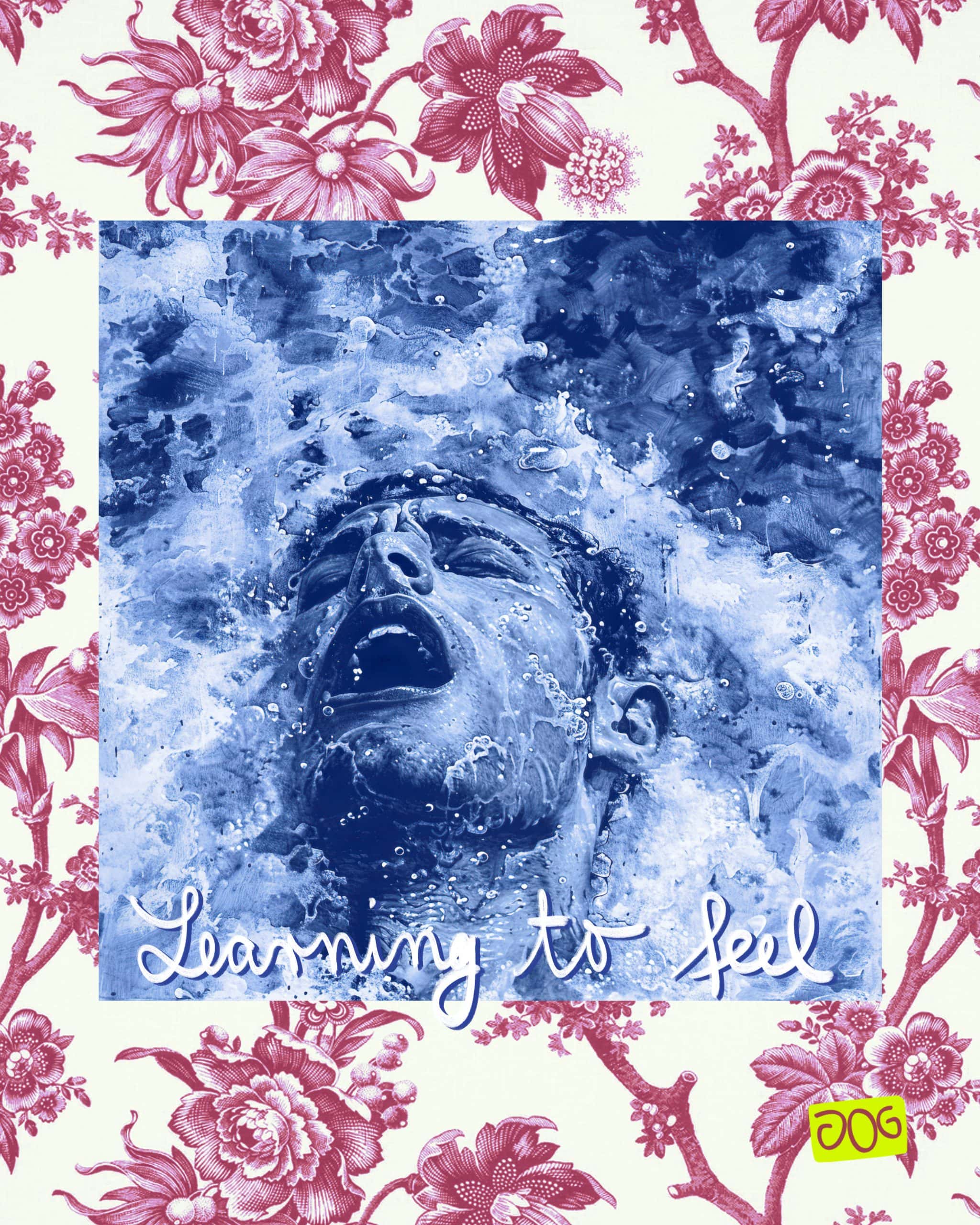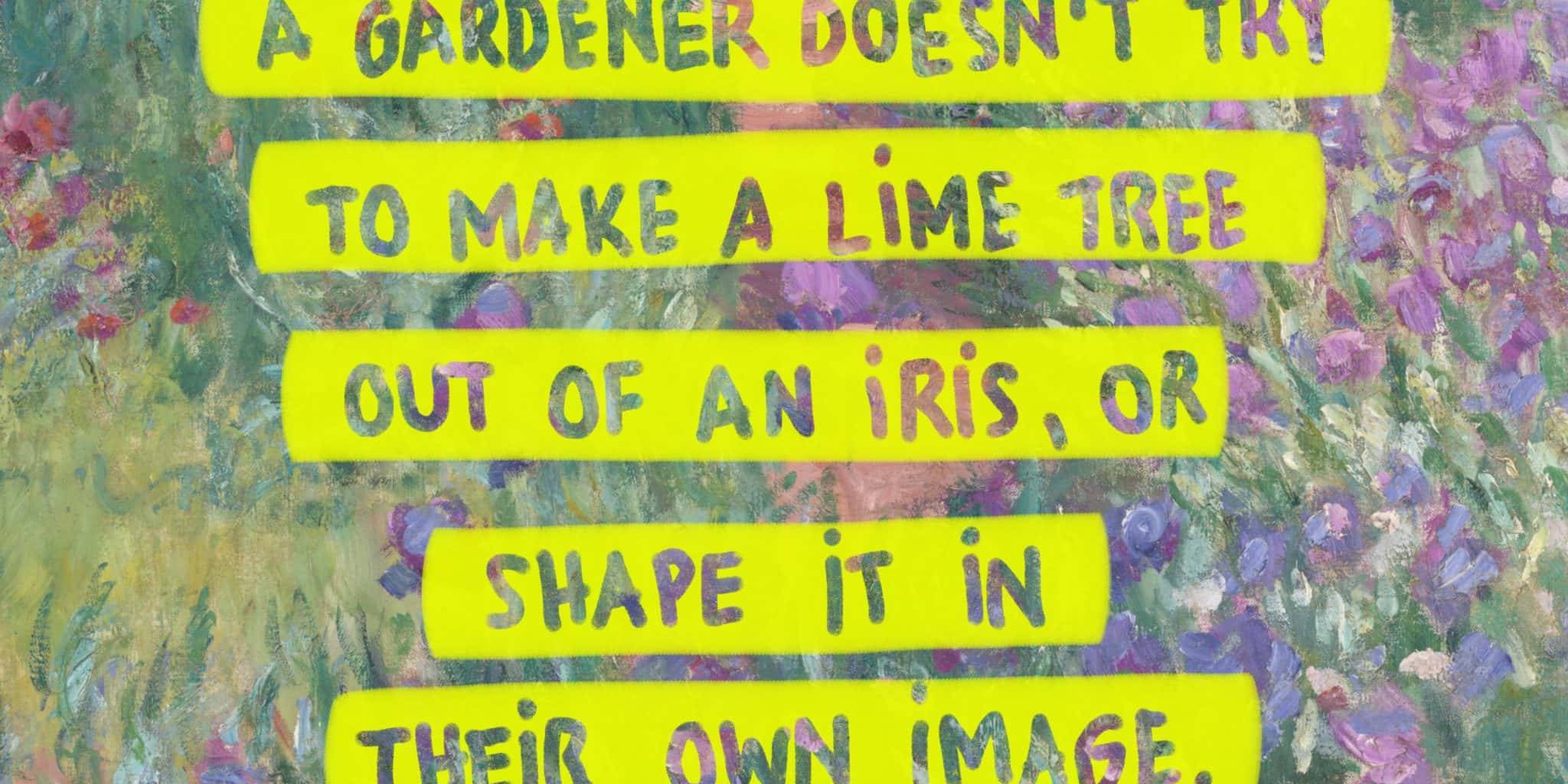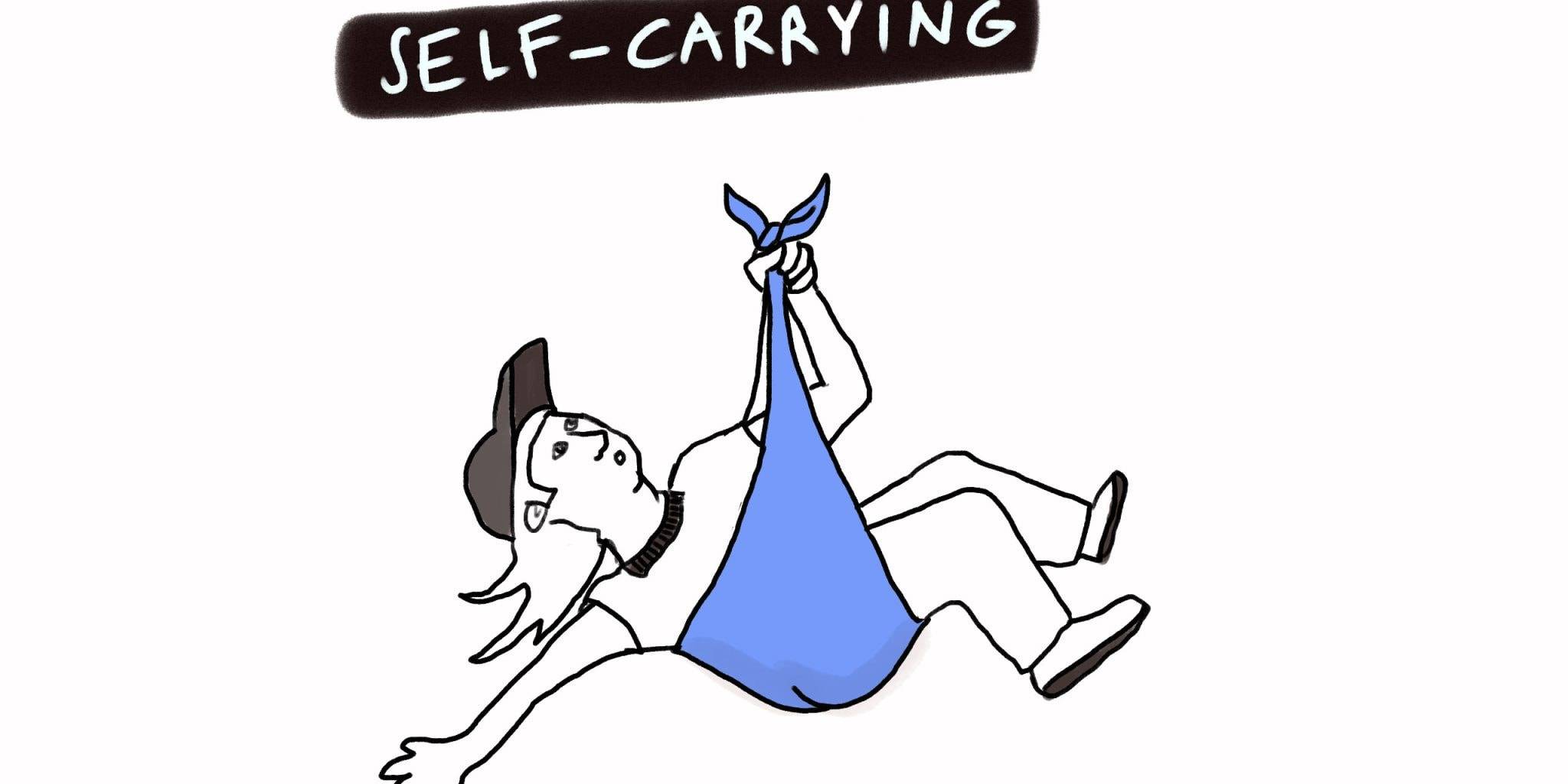What if learning to feel were like swimming lessons
Learning to feel is like learning to swim, but most of us never had proper swimming lessons, so to speak.
Imagine trying to swim without knowing how to float or even recognizing when you’re in deep water. That’s how many of us deal with emotions.
Instead of recognizing sadness, anger, or fear for what they are, we end up projecting them onto others, burying them deep, or numbing ourselves entirely.
Imagine trying to swim without knowing how to float or even recognizing when you’re in deep water. That’s how many of us deal with emotions.
I remember obsessing over an issue once, replaying it in my head for days, unable to let it go. It haunted me, and I couldn’t figure out why it was bothering me so much. Eventually, I realized I had felt angry about being taken advantage of, but in the moment, I couldn’t express it because I didn’t even recognize that that’s what I was feeling.
Growing up, many of us were taught, in subtle or not-so-subtle ways, that our emotions weren’t valid. When we tried to express what we felt, it was often dismissed, ridiculed, or met with outright denial – gaslighting, even. It’s like being told you’re not really in the water when you’re clearly soaking wet. Over time, you start to doubt yourself. You start not to trust your own feelings, because somewhere along the line, you learned that they were wrong or weren’t real. So, you stop paying attention to them, just trying to stay afloat by pushing everything down or pretending it’s not there.
But, those emotions don’t just disappear because you’re not dealing with them. They’re still there, under the surface, and sooner or later, they’re going to pull you under if you don’t learn how to swim.
Growing up, many of us were taught, in subtle or not-so-subtle ways, that our emotions weren’t valid.
So, learning to feel is like finally getting those swimming lessons.
1 Start recognizing that you’re in the water, that those emotions you’ve been ignoring or suppressing are real and they matter.
2 Learn to name what you’re feeling, even when it’s uncomfortable or messy.
3 Accept your feelings without judgment, and sit with them.
4 Understand why they’re there. It will help you see the connection between your emotions and your experiences.
5 Find ways to express your emotions in healthy ways – whether through talking, writing, or creative outlets. The goal is to keep practicing until you can express your feelings in a way that’s both honest and constructive.
6 Move through intense emotions without being overwhelmed, with strategies like stepping back, taking time to process, using a reminder to not react, self-reflecting, deep breathing, meditation, or physical activity.
7 Be kind to yourself as you practice and know that it’s okay to miss the tone, fall out of composure, or make mistakes along the way.
Once you learn to trust your emotions and yourself again, you realize that alongside the difficult feelings, you’ve also been suppressing positive ones - like freedom and joy - that can finally surface too.
Once you learn to trust your emotions and yourself again, you realize that alongside the difficult feelings, you’ve also been suppressing positive ones – like freedom and joy – that can finally surface too. You start to feel more connected to who you really are.
You’re swimming, not just to keep from drowning, but to explore, to play, to really experience the water.
When you can swim your emotional world without fear, you’re not just surviving. You’re what you always long to be – you are alive.
You may also like
A gardener’s attitude
Gardeners don't see plants as…
SELF-CARING IS SELF-CARRYING
Do you agree that taking care of…
Taking Up Space Unapologetically: Unlearning the Good Boy and Good Girl Conditioning
From the time we take our first steps,…






